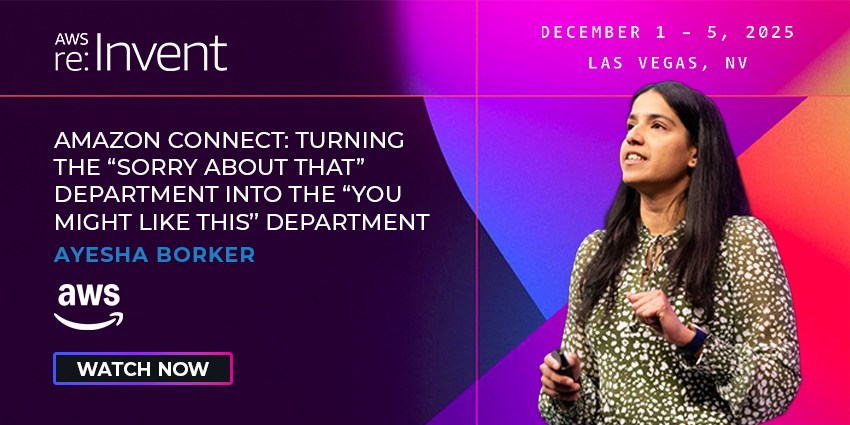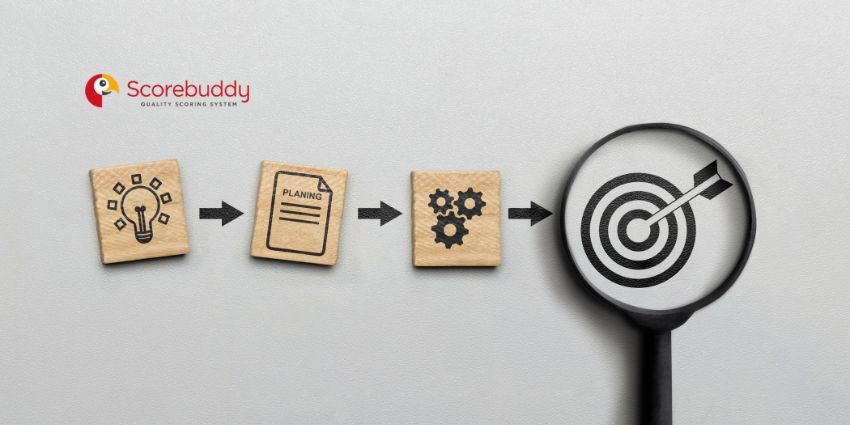The Odigo AI Orchestrator promises to deliver “unified AI management” throughout the customer journey.
Introduced to tackle the issue of isolated AI solutions and silos, Odigo believes that its latest tool will allow companies to more effectively manage and coordinate the various AI components at their disposal.
In doing so, the AI Orchestrator will enable the components to “work in harmony” across each stage of customer interaction.
This will allow businesses to move fluidly from bot to agent and back without interrupting progress – helping to provide a more personalized and efficient customer experience.
Users will also be able to activate and alter AI tools in all contact channels – voice, email, chat, instant messaging – as well as oversee and manage the conversational scenarios of their omnichannel bots with greater ease, speed, and efficiency.
The solution’s ability to remedy the shortcomings of poor integration and deliver a more seamless, unified customer journey were discussed by Nicolas Marcoin, Product Marketing Manager from Odigo:
“Odigo AI Orchestrator optimizes customer journeys with a comprehensive approach integrating AI. Focused on personalized conversational scenarios, tool connection, continuous monitoring and advisor augmentation, it is a global solution with a rapid return on investments for contact centers.
The orchestrator solution can reduce qualification time by up to 50 seconds per call and accelerate resolution, streamlining customer journeys through more efficient use of AI. The result is a decease by a third of the customer contacts.
The new solution also leverages knowledge sharing, which Odigo claims will help enhance the overall CX by providing contextualized data for each step of the journey.
So, let’s take a closer look at what exactly Odigo means by AI orchestration.
The Leonard Bernstein of CX?
At its core, Odigo’s solution is a means to maximize the potential and efficiency of a company’s existing AI tools and processes.
The CCaaS specialist argues that while most businesses are packed to the rafters with AI components and tools, very few are enjoying the real benefit of these offerings.
Like its namesake suggests, the AI Orchestrator acts as the maestro of the customer service orchestra – ensuring that every instrument plays its part just right and contributes to enhancing the overall musical performance.
Built around this premise, Odigo promises its users a unified, autonomous, and flexible tool by following what it calls the “four pillars of AI orchestration”.
1. Design
The effectiveness of AI interactions depends on the ability of bots to understand user requests accurately. This requires designing diverse conversational scenarios that cover a wide range of possible interactions.
Users can use advanced corpus and resource management tools to create and refine these scenarios based on evolving requirements. The NLU engine’s performance, combined with features such as ambiguity resolution and handling multiple query intentions, ensures smooth and natural conversations.
2. Connect
Through the integration of various solutions and tools, a positive feedback loop can be established. Bots can make use of information from interconnected third-party systems such as CRM software or knowledge bases to personalize interactions with customers.
As a result, the data obtained from these personalized interactions can be fed back into a central knowledge repository. The Odigo AI Orchestrator offers a routing module that consolidates and disseminates data collected across the customer journey.
3. Monitor
Odigo’s AI Orchestrator is compatible with an organization’s relationship models and services. It offers three methods for analyzing performance:
- Dashboards for tracking key indicators.
- Visualization of traffic flow in dialog trees to assess bot usage and bottlenecks.
- Access to conversation history to refine language models.
This comprehensive analysis helps identify emerging needs and unrecognized intentions, forming the basis for developing new strategies.
4. Augment
Odigo promises that its tool can help customer service agents provide better assistance. It works similarly to augmented reality by providing agents with real-time information and suggestions, which is why it’s also referred to as “augmented agents.”
In addition, the tool comes with a pre-processing bot that gathers essential resources during the qualification process, ensuring agents have everything they need to resolve issues efficiently.







